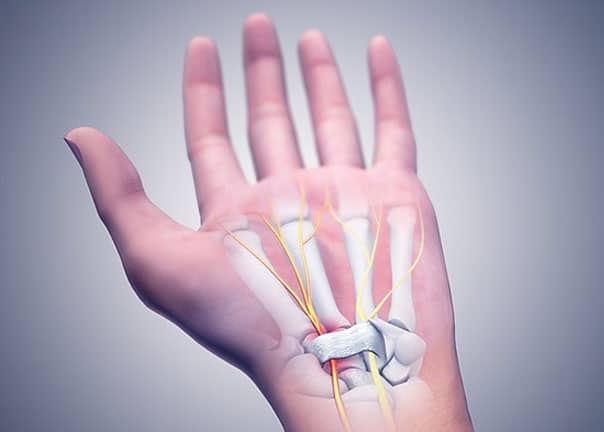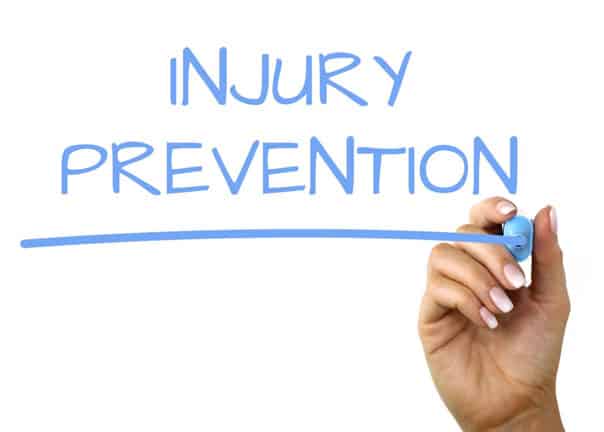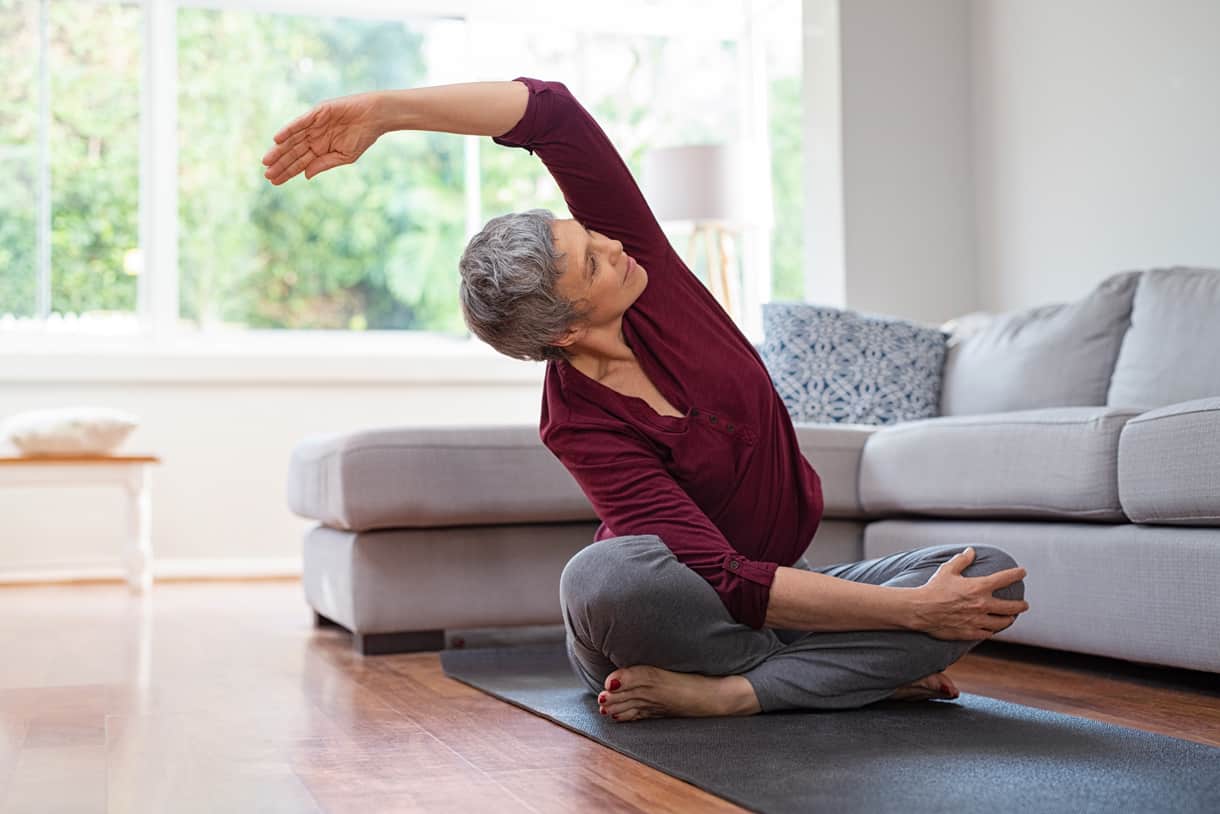
Are you feeling stiff and sore? Perhaps you pulled a muscle during exercise, and you think you could’ve avoided it if you had done some more preparatory stretches. If you’re reading this blog, chances are you’re one of two people – either you’re an excellent and frequent stretcher, or you know you don’t stretch enough. If you’re the former, good on you! If you’re the latter, don’t worry, you’re not alone and it’s never too late to start!
First things first: what does stretching actually do?
Stretching is a very effective way in the long- and short-term to improve flexibility in the body. Whether you prefer dynamic or static stretching, they’re both effective in helping keep your body limber.
Stretch the big muscle groups
For maximum effect, cover your major muscle groups first – butt, legs, arms, chest, and back. It’s also smart to give extra attention to areas you use a lot, which will be more prone to tightness, injuries, or cramping.
Stretch before and after exercise
If you don’t see yourself committing to bed stretches or stretches while waiting for the water to boil or while you’re watching your favourite show – try to stick to stretching your main muscle groups before and after your exercise (after warming up).
Make it easy and the habit will stick
Most new habits die off because we bite off more than we can chew. Don’t try for a 20 min stretch session every evening – things will get in the way and you will most likely stop. Instead, break your habits into smaller portions and scatter them through your day.
Start small, perhaps by doing some leg and back bed-stretches before getting out of bed in the morning, some arm stretches while waiting for the water to boil, or some gentle neck stretches while watching TV. Making stretches an unconscious and easy part of your day-to-day is the best way to improve your body’s flexibility over time.
What happens if I never stretch?
If you never stretch you leave yourself more vulnerable to muscle soreness, stiffness, pulled muscles, and long term effects on the body from lifestyle.
But the good news is that the science is inconclusive whether stretching is dramatically beneficial for us. If you feel stiff and sore or are prone to pulled muscles, or notice that you spend a lot of the day hunched (over a desk, wheel, or bike) stretching can be what you need.
If stretching makes you feel good or you want to improve your overall flexibility – stretching is the way to go.
However, if you never stretch and just don’t seem to need it, you may be right. We still recommend discussing this with your myotherapist to be safe.
See a Myotherapist
Few things feel better than stretching a muscle that really needs it. If you’d like to stretch more but you’re unsure where to start, talk with your myotherapist to get a stretching plan tailored to your schedule and body’s needs. They’ll help locate areas in need of extra attention, reduce tension, and help you mitigate the potential long term effects of your lifestyle before it’s too late.
For all myotherapy concern, contact Northern Myotherapy at 03 9078 9953 and our friendly myotherapist will gladly assist you.
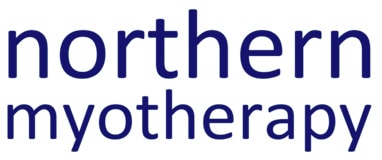
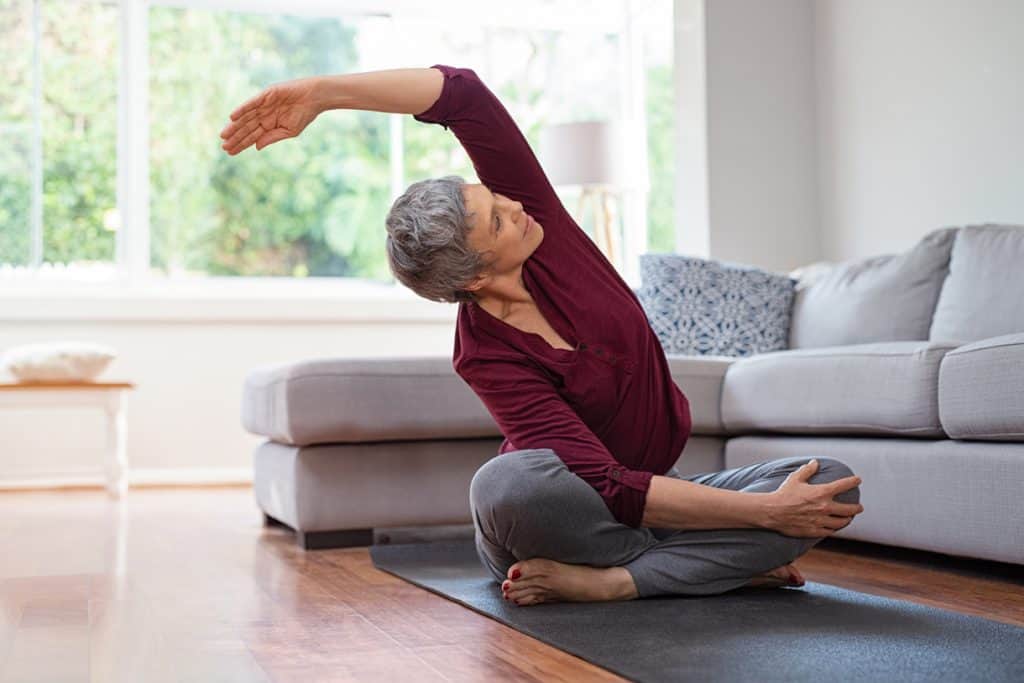




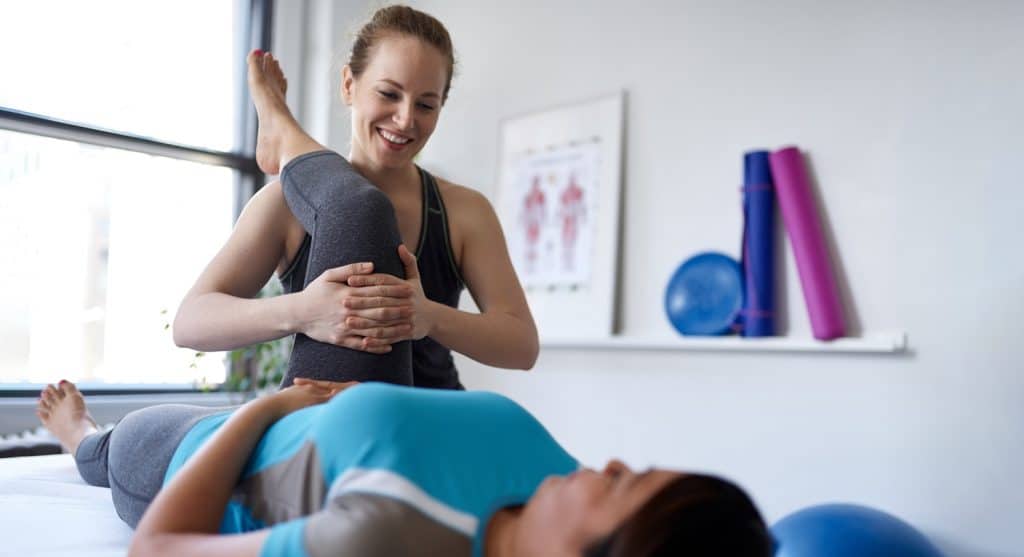
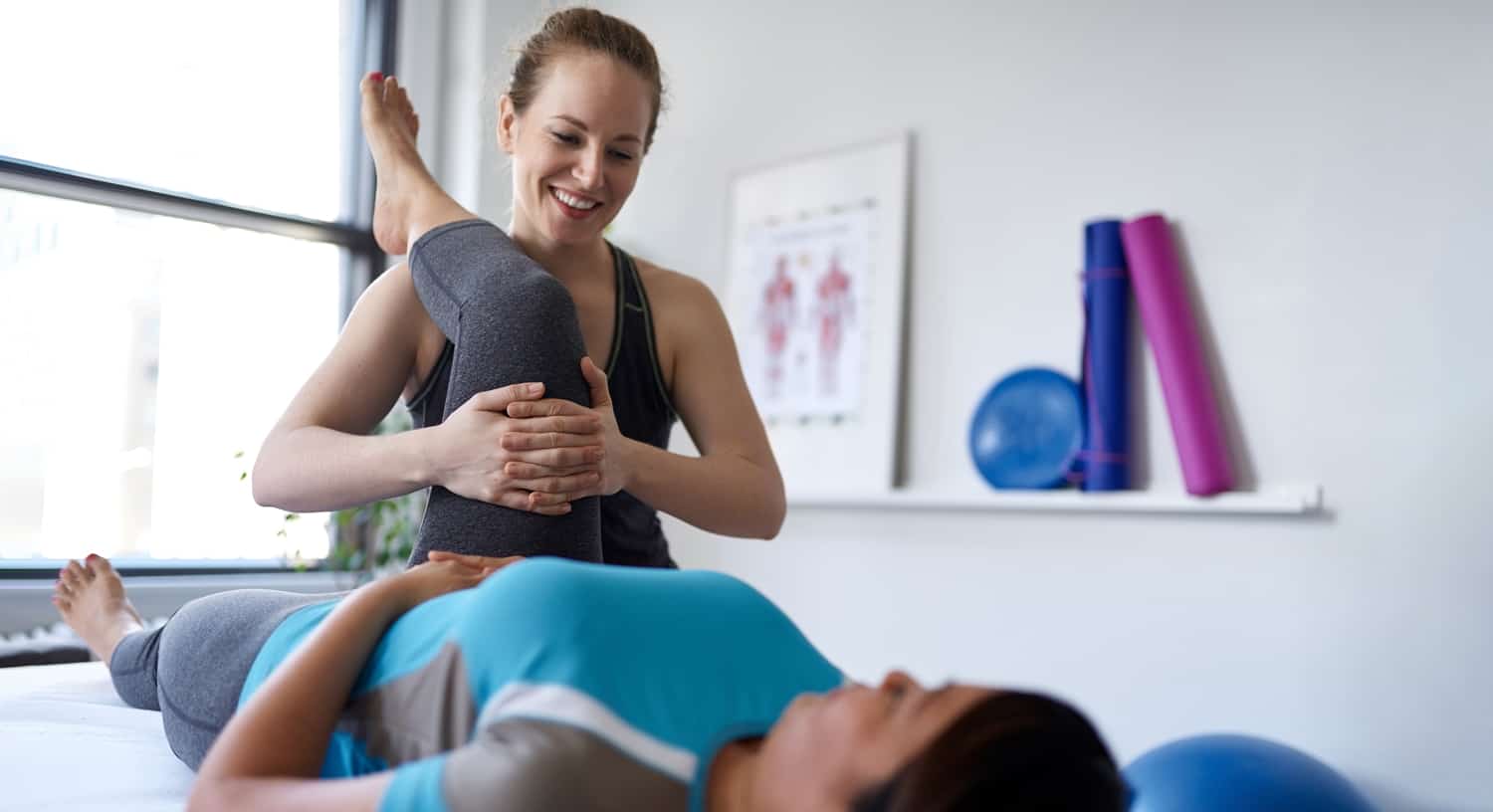


 5 Tips for great posture when working from Home
5 Tips for great posture when working from Home


